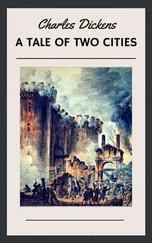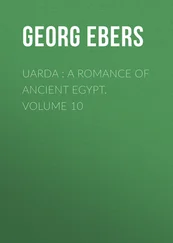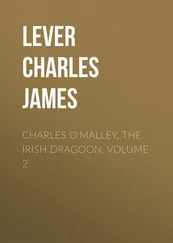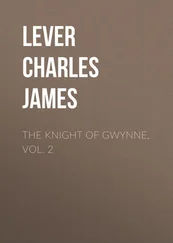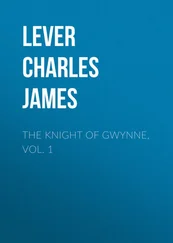Hobhouse.
Pausanias; Chandler; Rees; Hobhouse; Dodwell; Williams.
Plutarch; Rees; Pouqueville.
This library consisted of two hundred thousand volumes.
Tacitus; Plutarch; Choiseul-Gouffier; Rees; Turner.
Sir John Malcolm has preserved an account of Jemsheed, from Moullab Ackber’s MSS., which may serve to diversify our page. “Jemsheed was the first who discovered wine. He was immoderately fond of grapes, and desired to preserve some; which were placed in a large vessel, and lodged in a vault for future use. When the vessel was opened, the grapes had fermented. Their juice, in this state, was so acid, that the king believed it must be poisonous. He had some vessels filled with it, and poison written upon each: these were placed in his bed-room. It happened that one of his favourite ladies was affected with nervous head-aches. The pain distracted her so much, that she desired death; and observing a vessel with the word poison written upon it, she took it and swallowed its contents. The wine, for such it had become, overpowered the lady, who fell into a sound sleep, and awoke much refreshed. Delighted with the remedy, she repeated the dose so often, that the monarch’s poison was all drunk. He soon discovered this, and forced the lady to confess what she had done. A quantity of wine was made; and Jemsheed, and all his court, drank of the new beverage, which, from the circumstance that led to its discovery, is to this day known in Persia by the name of zeher-e-khoosh, or the delightful poison.”
It is called Nouroze. Some of the sculptures of the dilapidated palace are supposed to represent the processions at this festival.
Rollin.
Kæmpfer, Hyde, Niebuhr, and St. Croix, regard the ruins as those of a palace: – Della Valle, Chardin, D’Hancarville, and others, as those of a temple. This is a question, however, which many writers regard as being impossible of solution, till an alphabet shall have been discovered of the arrow-headed inscriptions.
At the distance of about five miles is a conspicuous hill, on the top of which, and visible to the eye from Persepolis, are the remains of a fortress. This hill is now called Istakhar, and is quite distinct from Persepolis. Of this hill Le Brun has given a drawing; and the original must strike every traveller the moment he enters the palace of Merdusht; as it has all the appearance of having been much fashioned by the hand of man. – Morier.
Civil Architecture.
Fraser.
In allusion to the horns of Jupiter Ammon.
Diodorus; Plutarch; Arrian; Quintus Curtius; Pietro de la Valle; Chardin; Le Brun; Francklin, Encylop. Metropol.; Rees; Brewster; Kinneir; Morier; Porter; Malcolm; Buckingham; Ouseley; Fraser.


